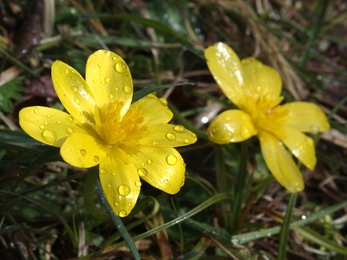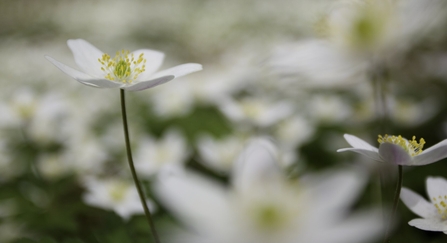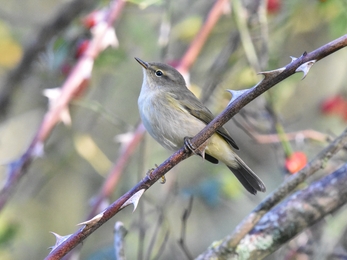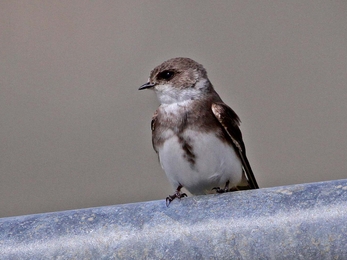With the days getting longer and birdsong getting louder, there’s no doubt that spring is officially in the air! This is the perfect time to get out and explore our nature reserves to see what delights you can find. Our Assistant Reserves Officer, Kate Ashley, has shared some of her spring highlights to get you inspired.
---
Some of the first visible signs of spring are the wildflowers, bringing some welcome colour after a long winter. One of the first spring flowers to look out for is coltsfoot – bright yellow flowers which pop up in small clusters from late February. These are easily overlooked as dandelions, but they are in fact part of the daisy family. They can be found on arable land, road verges and areas of disturbed ground.
See them at Bishop’s Hill or Stockton Cutting.
Another early spring flower is lesser celandine which can form carpets of yellow along the edges of streams or damp paths. These star-shaped flowers are members of the buttercup family and have dark green heart-shaped leaves.
Find them at Daffern’s Wood and Wappenbury Wood.








